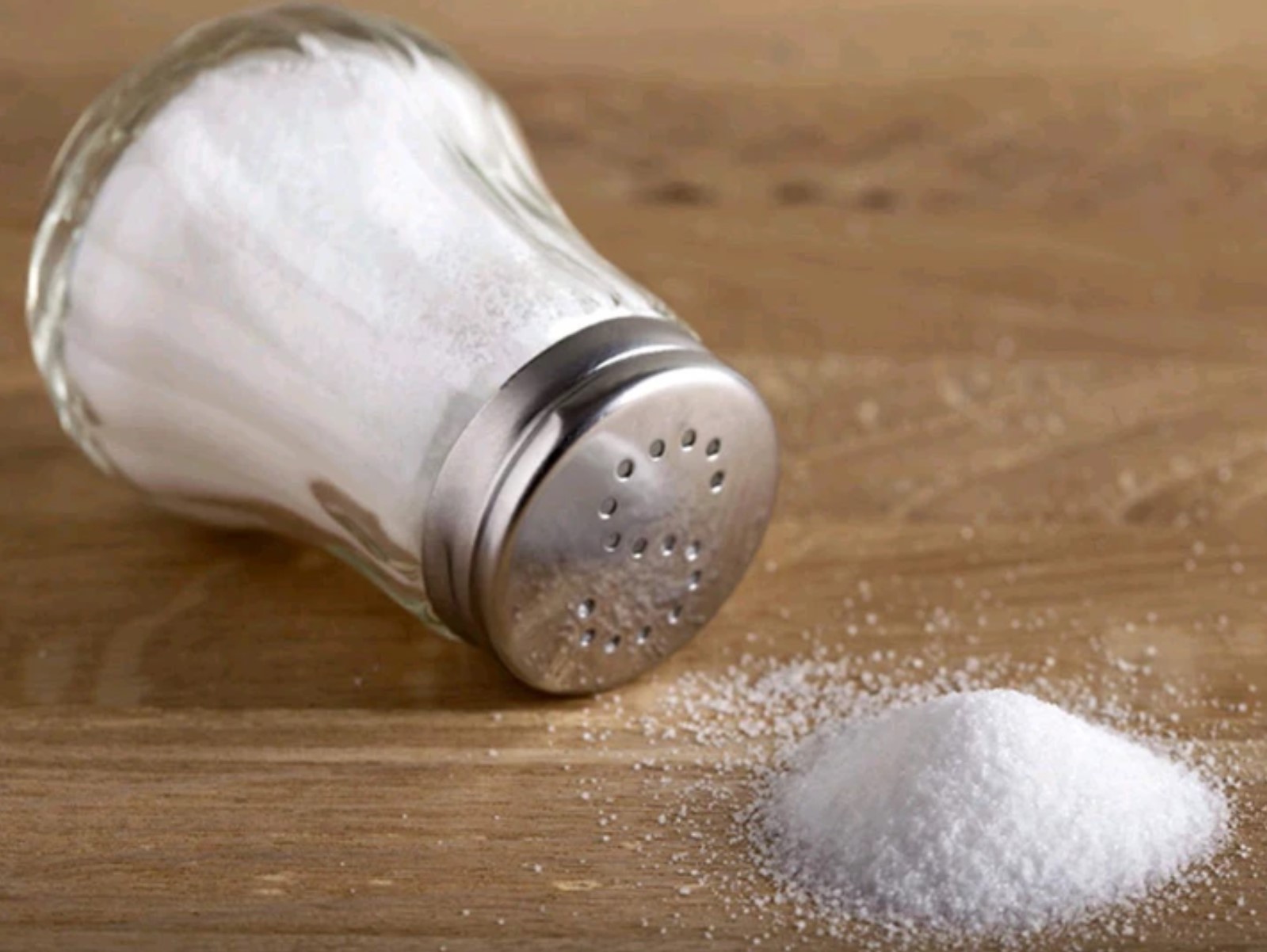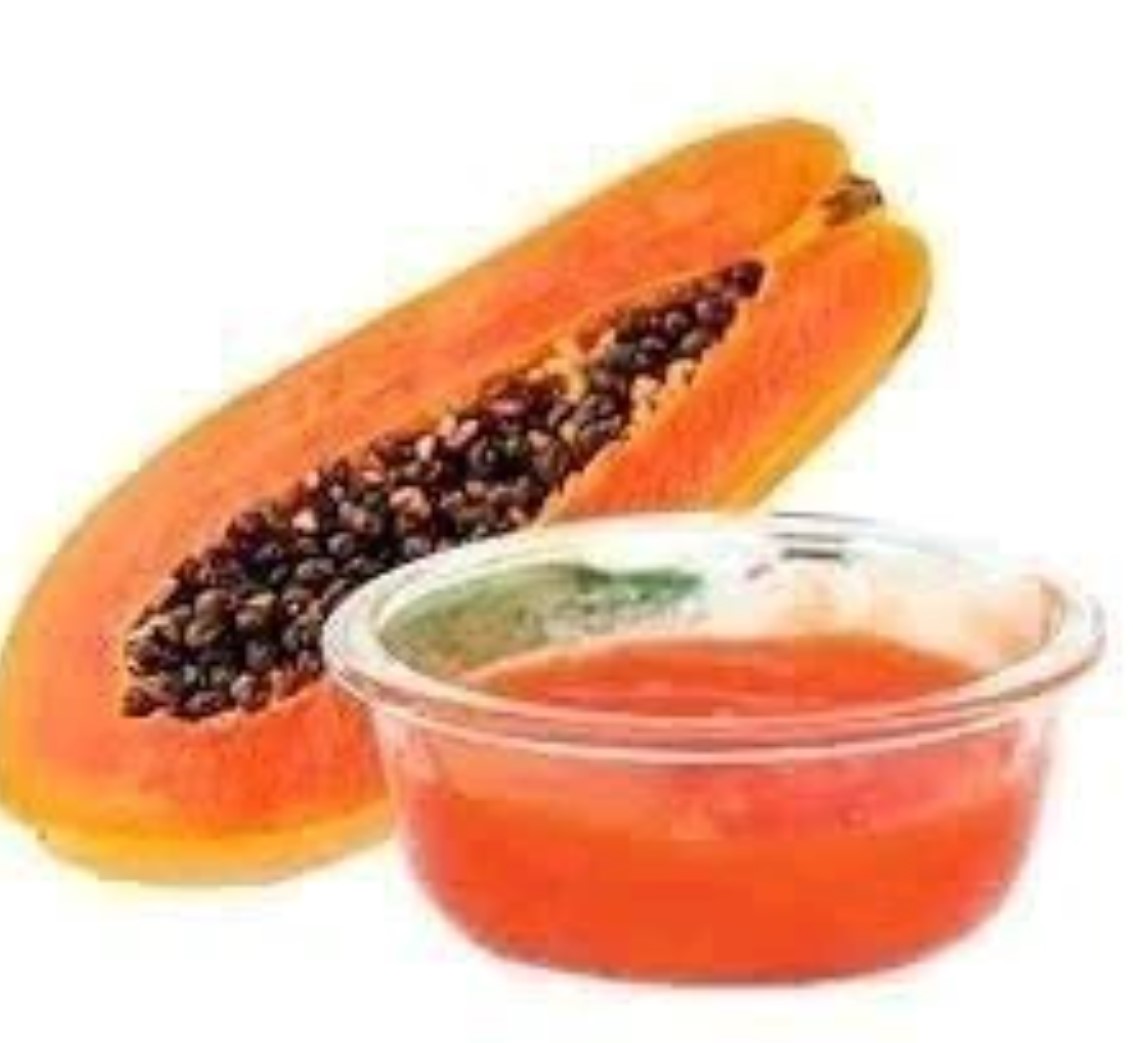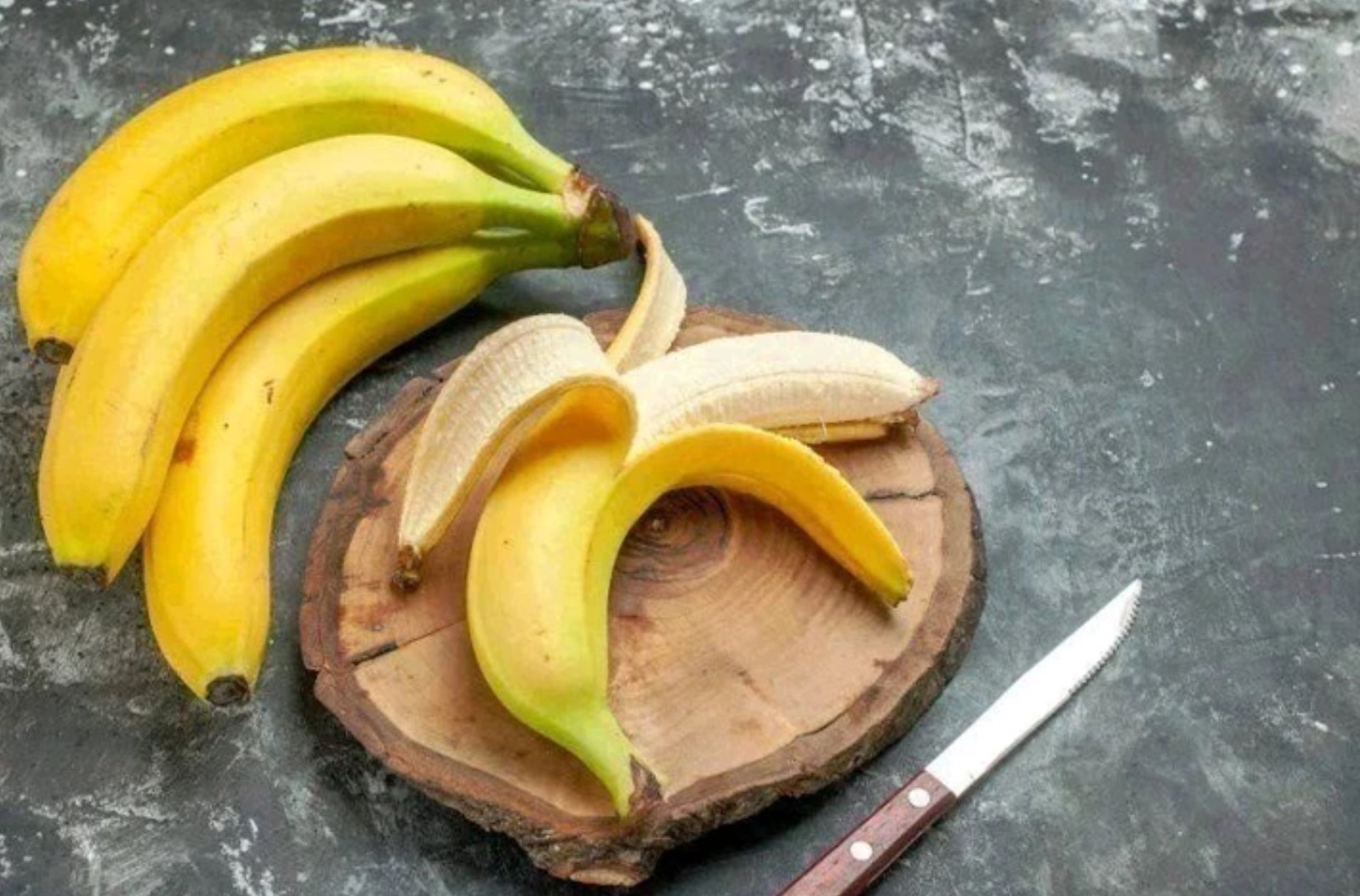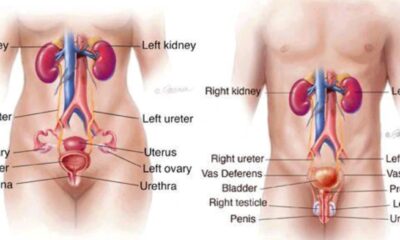Top 5 Drinks to INSTANTLY Improve Leg Circulation & Blood Flow

Watch this video on YouTube
It is especially beneficial if you experience leg pain or feel that your legs are heavy after walking a short distance. I will show you some easy, inexpensive, and effective ways to boost your circulation with these five drinks that are readily available.
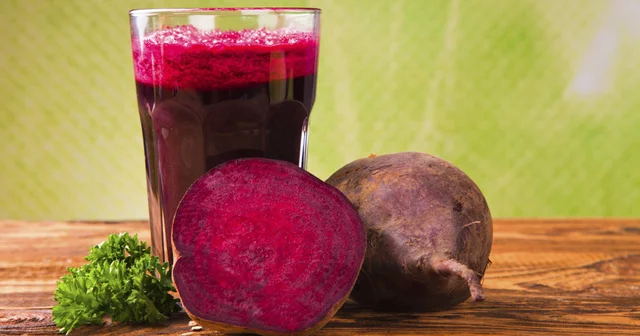
Beet juice is a powerful ally in the fight against
poor circulation , varicose veins, and leg pain. This vibrant red drink is loaded with nitrates, which your body converts into nitric oxide, a key vasodilator.
When you drink beet juice, the nitrates are first converted into nitrites by bacteria in the mouth. These nitrites are then further converted into nitric oxide in the stomach and bloodstream, helping to widen your blood vessels, giving blood more room to flow, and boosting overall circulation.
The recommended daily intake of beet juice is between 8 and 16 ounces (240 to 470 ml). Making it at home is super easy—just blend raw beets with a little water, and you’re all set. This simple drink can do wonders for your vascular health because of its high nitrate content.
However, it’s important to be aware of some precautions. As a natural vasodilator, beet juice can lower your blood pressure, which is great for those with high blood pressure but could be an issue for people with low blood pressure. If you’re on blood pressure medication, you might need to adjust your dosage under medical supervision when adding beet juice to your diet.
Side effects are usually mild, with some people experiencing slight discomfort or gas, especially if they drink a lot of it. For diabetics, the effects can vary. While many diabetics can drink beet juice without significant changes in blood sugar levels, others might see spikes. It’s crucial to monitor your own response and talk to a healthcare provider if you have any concerns.

Hibiscus tea, known for its vibrant red color and tart flavor, is a powerful drink that can greatly benefit your circulation. Packed with flavonoids like quercetin, hibiscus tea acts as an antioxidant, reducing oxidative stress and inflammation—both of which are harmful to circulation.
Furthermore, quercetin acts as a vasodilator, meaning it helps widen blood vessels. This property allows hibiscus tea to effectively
lower blood pressure and improve circulation.
Studies have shown that quercetin can reduce both systolic and diastolic blood pressure in hypertensive individuals, making hibiscus tea a beneficial choice for those looking to manage their blood pressure naturally.
The ideal dose of hibiscus tea is about one to two cups per day. Preparing it is simple: boil 8 to 10 ounces (240 to 300 mil) of water, add a handful of hibiscus flower petals, and let it steep for 5 to 10 minutes until the water takes on a rich color. This process ensures that the tea extracts all the beneficial properties of the hibiscus.
However, hibiscus tea does come with some precautions. It can interact with blood pressure and diabetes medications. Additionally, due to its diuretic effect, it should be consumed in moderation if you are taking diuretic medications to avoid excessive fluid loss. Some people might also experience mild gastrointestinal discomfort.
It’s best to enjoy hibiscus tea earlier in the day as its diuretic properties mean it might disrupt your sleep.
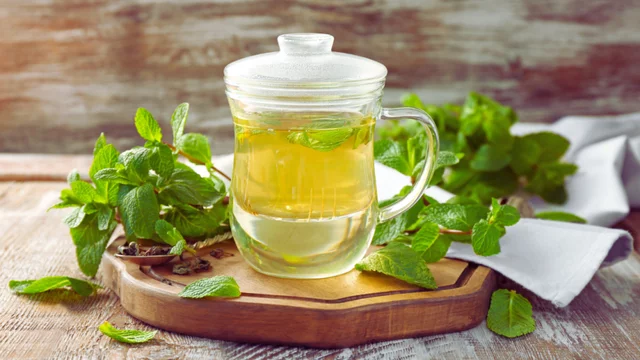
Lemon balm tea is a calming drink that can boost circulation and fight off harmful substances in your body. The beneficial compounds in this sweet-smelling tea, such as flavonoids and rosmarinic acid, work synergistically to improve blood circulation. They achieve this by widening blood vessels,
decreasing inflammation , and shielding the circulatory system from damage caused by free radicals.
To make lemon balm tea, use 1 teaspoon of dried leaves or 2 tablespoons of fresh leaves per cup. Pour boiling water over the leaves and let it steep for 5-10 minutes. Then strain and enjoy. You can have 1-3 cups a day for optimal results. Adding honey or lemon can enhance the flavor.
While lemon balm tea is generally safe, exercise caution if you are taking medications that cause drowsiness, as the tea may increase this effect. Pregnant women should also consume it in moderation. In rare cases, some individuals might experience a mild rash. READ FULL STORY HERE>>>CLICK HERE TO CONTINUE READING>>>
As with any herbal remedy, consult your doctor before making it a regular part of your routine, especially if you have health issues or are on medication.

Our next drink is another tea—garlic tea. This powerful brew boosts circulation and heart health by preventing blood clots and lowering high blood pressure, leading to better overall blood flow.
Garlic’s health benefits stem from compounds like allicin, which work in multiple ways to improve cardiovascular health. These compounds help prevent blood clots by reducing platelet clumping, effectively thinning the blood naturally.
For those with high blood pressure,
garlic can significantly lower both systolic (top number) and diastolic (bottom number) readings by several points.
Moreover, garlic can slow the hardening of arteries by
reducing plaque buildup and improving the flexibility of blood vessels, slowing the progression of atherosclerosis.
You’ll want to aim for 2 grams of garlic a day, whether that’s in tea, capsules, or just eating it. Making garlic tea is a breeze—just boil some water, toss in some garlic, and let it sit for a bit before drinking.
However, there are a few things to watch out for with garlic tea. It can interfere with some blood-thinning medications, especially those like warfarin. If you’re on these medications, check with your doctor before incorporating garlic tea into your routine.
As for side effects, it might upset your stomach if you drink too much. And fair warning—it could make you smell like garlic. Some folks enjoy that garlic aroma, but it might not be the best personal fragrance for many others.
Before we reveal our Number One, if you’re interested in a convenient way to boost blood flow for better circulation, eliminate excess plaque for clearer arteries, and balance cholesterol and blood pressure levels, consider drinking a cup of our innovative blend containing 10 of nature’s mightiest nutrients. To learn more, and get a special discount,
click the link below at the end of this video.

Our last drink, which is also a tea, is horsetail tea. This popular herbal tea is rich in flavonoids, antioxidants, and anti-inflammatory properties. It also contains silica, which can contribute to strengthening veins and improving circulation by boosting collagen production and making blood vessels more flexible.
The ideal amount of horsetail tea to consume is 1 to 4 grams per day. To prepare it, simply boil water, add the horsetail, and let it steep.
However, there are some important precautions to consider. Pregnant and breastfeeding women should avoid horsetail tea due to its silica content. Additionally, horsetail tea has diuretic properties, which means it can interact with medications that have similar effects. Side effects may include allergic reactions or gastrointestinal irritation.
It’s important to understand that treating circulation problems requires more than just drinking a cup of garlic tea or horsetail tea daily. While these teas can support circulation, they are not standalone solutions.
Poor circulation typically develops over many years as a result of unhealthy lifestyle habits, including a poor diet, lack of regular exercise, and excess weight or obesity. To truly improve your circulation, you need to adopt a healthier lifestyle.
This means eating a balanced diet, staying physically active, maintaining a healthy weight, and avoiding smoking and excessive alcohol consumption. Managing stress and anxiety, as well as ensuring adequate sleep, are also vital.
By controlling risk factors such as high blood pressure, high cholesterol, and diabetes, you can significantly enhance your circulation. For instance, managing diabetes can prevent blood vessel damage caused by high blood sugar levels, thereby improving overall blood flow.
So while beetroot juice and teas are beneficial, they should be part of a broader strategy that includes lifestyle changes to effectively address and improve poor circulation.


